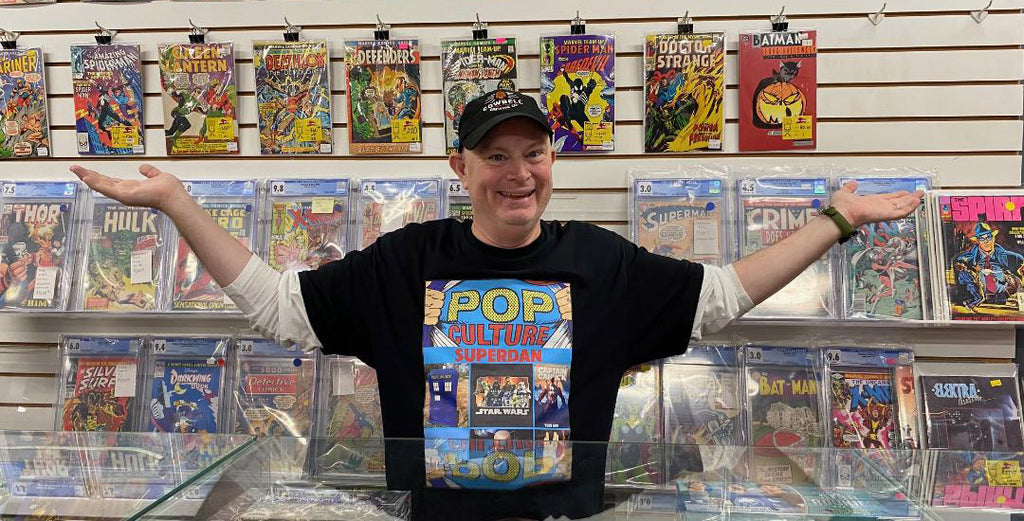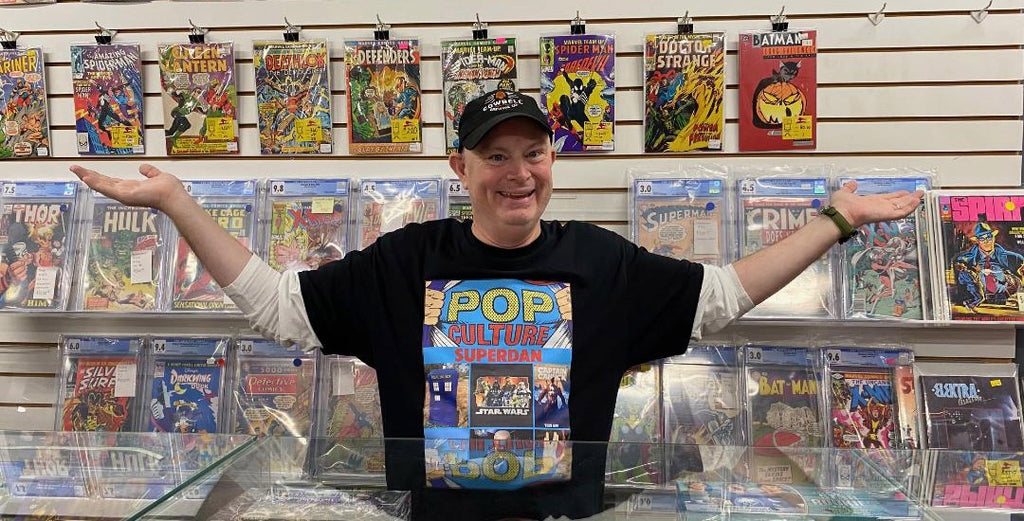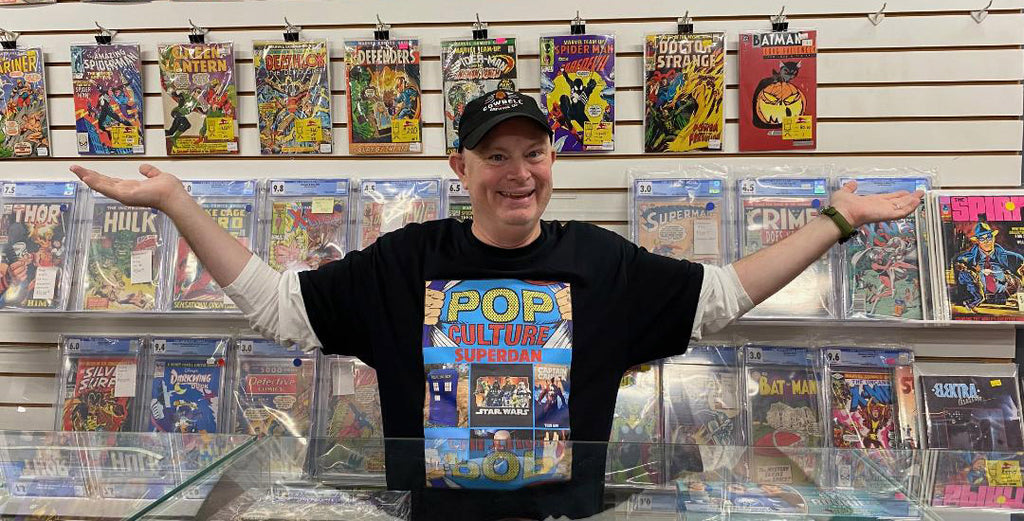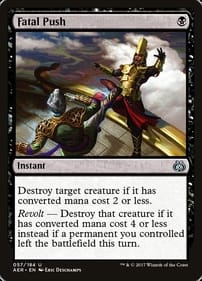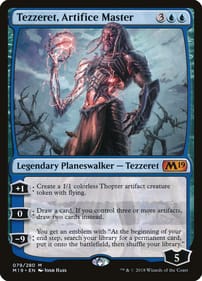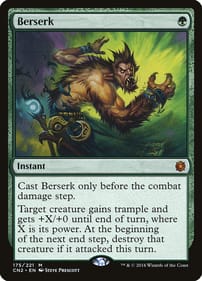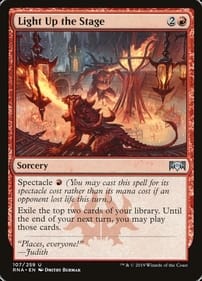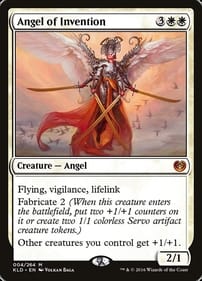Pedro Pascal a Meaningful Choice to Play Reed Richards
By Dan BrownDepending on which news source you believe, Pedro Pascal may be the next actor to play superhero scientist Reed Richards, the pliable leader of the Fantastic Four also known as Mister Fantastic.Just the fact the big brains at Marvel Studios are talking to Pascal tells us two things.First, Marvel wants to get the next Fantastic Four movie right.Second, the Marvel brain trust realizes they are in a slump.If Pascal does get the part, it would be a good sign for the many millions of Marvel movie fans on this planet. The Chilean-born performer is known for his acting on shows like The Mandalorian, The Last of Us, and Game of Thrones, as well as for giving Bad Bunny a helping hand during the musician’s Saturday Night Live appearance last month. In addition to being hugely popular, Pascal is immensely talented. It’s no surprise Marvel’s bosses want to tap into his star power. He is one of the few actors who could pull off the role; Richards is not exactly an exciting character, being part genius and part rubber band. Pascal would bring excitement, humour, and gravity to the part.Pascal can take comic-book dialogue – “We’ve got to get to the bottom of his strange powers, learn how to control them. After all, Sue, he’s our only son” – and sell it. The fact he brings Star Wars enthusiasts, gamers and other fandoms to the table is an added bonus, and I’m sure part of the calculus for why Marvel is apparently in discussions with him.Longtime Marvel fans know that the Fantastic Four is, well, a tricky property to get right on the silver screen. If I am counting correctly, there have been four attempts to make movies based on the title Stan Lee dubbed “the world’s greatest comic magazine.”The Roger Corman-directed first shot wasn’t even meh enough to get a video-cassette release. The second and third were B movies constrained by their low budgets, and the most recent attempt is considered an abomination in the sight of the few fans who paid to see it.Is a new Fantastic Four movie a special-effects picture? Is it a family story? Is it a comedy or a drama? It’s all of those. And no filmmaking team has yet been able to get the tone of the Fantastic Four right. Even more significantly, adapting FF for the big screen means bringing one of pop-culture’s great villains, Doctor Doom, into the mix.Nor can anyone ignore the context these reported talks are taking place in. The Marvels, the latest feature film from the studio, had the worst debut in Marvel Cinematic Universe history when it landed in theatres earlier this month, failing to clear $50 million in its opening weekend. It also had the worst second weekend in MCU history, despite strong word of mouth.Not all of this can be blamed on the recently concluded strike by Hollywood actors, which prevented stars like Brie Larson from hitting the talk-show and podcast circuit to drum up interest in the motion picture. Superhero fatigue is a real thing, but don’t take my word for it. I wrote in the spring in this space about how Disney CEO Bob Iger feels the Marvel brand has been “diluted” over the pandemic by the release of too many streaming shows. Think Hawkeye, Falcon and the Winter Soldier, Loki, Moon Knight, She-Hulk and on and on. Fantastic Four is one of the richest potential mines left for Marvel Studios to plunder. The downside of getting it wrong is huge. The potential upside? If they get it right, a Fantastic Four movie starring Pedro Pascal just might save the company. Dan Brown has covered pop culture for more than 30 years as a journalist and also moderates L.A. Mood’s monthly graphic-novel group.
Scott Chantler’s Squire & Knight Shows the Power Brains Have Over Brawn
By Dan BrownIf you have a young reader in your life, I have an idea for the perfect Christmas present.Scott Chantler’s Squire & Knight graphic novel came out this spring. It’s a tale of swords and sorcery, and it’s the kind of thing I wish had been around when I was a tween.You may know Chantler as the Stratford graphic novelist behind historical books like Two Generals and the Three Thieves fantasy series. The idea for his latest grew out of a Dungeons & Dragons campaign the artist/writer was running for his kids. It features a musclebound knight who is all bluster and self-promotion, a meek squire who is the real brains behind the operation, and a sleek dragon who sounds to my ear more like a surfer dude than Smaug.It’s one of those simple storylines – man in armour sets off to rid peaceful townsfolk of deadly flying menace – that turns out to be much more complicated by the end.More than anything, it will make youngsters think about bravery. Yes, hacking away at monsters with a broadsword is one way to display courage. But so is risking alienation by not buying into the same story everyone else in your community wants so desperately to believe.I also detected just a dash of Monty Python in Squire & Knight as well.If you know a boy or girl who is falling in love with comics and role-playing games, who’s into Harry Potter but is not quite ready for The Lord of the Rings, you would be doing them a favour by gifting them this 162-page volume as a token of your love this Yule. It will fire the young imagination.That’s because Chantler takes stock fantasy characters like knights, wizards and dragons, and puts a fresh twist on them, while also breathing new life into conventions such as the heroic quest.Even better, it’s all served up with a heaping helping of fun on the side. I couldn’t help but laugh at the headstrong Sir Kelton, who has a habit of getting ahead of himself. Before he’s even slain the dragon, he’s already dreaming about how he will go down in history: He can’t wait to hear the songs that will be sung in his honour to commemorate a deed he hasn’t even pulled off yet. The running joke here is that his page, who is more at home in the library than the livery, is so inconsequential to Kelton that the knight doesn’t even know the boy’s name. But it’s this same unassuming squire who uses the power of reason to suss out the situation on the ground before pulling Kelton’s fat out of the dragonfire.I won’t say much about the story’s antagonist, except that he’s not your typical scaly, fire-breathing beast. When Kelton assaults him with his sword, for instance, the laidback lizard responds, “Pretty rude, man.”For an old comic fan like me, I love the way Chantler plays with panels – including panels that seem empty of action. They teach patience to readers. Nor can I argue with old-school sound effects like “BAM,” “WHUMP,” and “CLANG.”And what should children get the adults in their life next month? Why, a Chantler tome like Two Generals, Bix or Northwest Passage would be just fine for the mature reader on your list.Dan Brown has covered pop culture for more than 30 years as a journalist and also moderates L.A. Mood’s monthly graphic-novel group.
The Next Big Marvel Fad Is Here
By Dan BrownI’m not one to say comics were better when I was a boy – they weren’t better, they were just different.That said, I do miss the desperate attempts by the editors at Marvel Comics to cash in on the latest trend, whether it be kung fu or black power or disco music.I miss the slapdash efforts to tap into the collective consciousness from the folks at the House of Ideas whenever the Next Big Thing came along in the 1970s and early 1980s.You don’t see that much in today’s comics.What I’m talking about are the weird, wonderful books like Marvel Premiere No. 50, which came out in 1979 and featured shock rocker Alice Cooper.That’s right: Along with Captain America, Spider-Man and the rest, the then-edgy Alice Cooper was once a Marvel protagonist.You can imagine the wishful thinking: Cooper was selling a pile of albums and had generated a lot of buzz with his at-the-time outrageous stage shows, so the brain trust running the firm likely figured gangbuster sales would follow if they slapped Alice’s name on a comic. That may also be why comics and characters prompted by popular trends were mostly half-ass affairs.The creative team had to get them onto stands quickly, since by the time retailers reported sales figures back, the newest mania could be over.Nor was Cooper the first musician to appear in the pages of a Marvel adventure: Gene Simmons and the guys from KISS likewise showed up in the magazine-size publication Marvel Super Special No. 1, which landed in 1977.But the ultimate example of cashing in on a musical craze had to be Dazzler, the mutant who had the powers of . . . a disco ball. She first appeared in 1980’s Uncanny X-Men No. 130. You won’t be surprised to learn the mutant superhero team discovered her in a chic New York nightclub a la Studio 54. Having her debut in the pages of one of the brand’s most popular titles didn’t hurt, and the character went on to have a comic of her own for five years, thus outliving the music genre that spawned her.If it was hot, Marvel tried to jump on it. When martial-arts films featuring Bruce Lee drew audiences to movie theatres, the company responded with heroes Shang-Chi and Iron Fist, who chopped with their hands and kicked with their feet. Giving a new character the unsubtle name Power Man, as well as promoting Black Panther to headline his own series, were part of Marvel’s play for black readers. With real-life daredevil Evel Knevel generating headlines in the 1970s, the storied company answered with a stuntman of their own, the Human Fly. Shogun Warriors was aimed at fans of giant Japanese robots.When the Marvel team couldn’t secure the rights to The Lord of the Rings, they created their own fantasy world in Warriors of the Shadow Realm. Heck, Spider-Man even joined forces with the original cast of Saturday Night Live in Marvel Team-Up No. 74 in 1978. And it got sillier. In 1982, the latest to become a Marvel superhero was . . . the Pope. John Paul II made his comic debut in a biographical issue called The life of Pope John Paul II. “The entire story!” the cover blared. “From his childhood in Poland to the assassination attempt!” I’m sure kids everywhere were thrilled.Of course, if you do enough of these fad-based comics, eventually one will catch fire. And that’s just what happened in the mid-1970s when Marvel got the rights to a virtually unknown sci-fi property called Star Wars.It was arguably the smartest move in Marvel history, because the title became a massive seller. There were millions upon millions of us hungering for Star Wars content, of which there was little apart from Alan Dean Foster’s Splinter of the Mind’s Eye novel and Brian Daley’s Han Solo trilogy. Smarter people than me have argued how, without the Star Wars licence, the company might not have survived into the 1980s.I guess you could say there is one fad that Marvel editors have been trying to milk for the last 20 years, which is the popularity of the movies and TV shows based on Marvel characters. They’ve taken a hero like Samuel L. Jackon’s Nick Fury from the movies and projected him into their comics, erasing the original cigar-chomping Second World War stalwart.But apart from driving up the price of back issues, I’m not sure big-screen adaptations have done much for the sales of the comics themselves, which is both odd and sad.Dan Brown has covered pop culture for more than 30 years as a journalist and also moderates L.A. Mood’s monthly graphic-novel group.
New Derek Laufman Art Book is Almost Ready
By Dan BrownThere’s still time to contribute to the fundraising campaign for Derek Laufman’s latest art book.The 96-page volume is the third in what he calls his Creation Series, and features Laufman’s original characters, as opposed to other intellectual property he has worked on, like Marvel’s Spider-Man.“It’s me pouring my imagination onto the page, Whether it’s for one of my existing (projects) I’m working on or one of the many other stories bouncing around in my head,” he told me. “It’s a lot of world-building and exploring ideas.”The Byron comic creator has a knack for drawing characters that are cute but also fearsome. Featured on the cover is an armoured figure with a flaming skull for a head.Laufman is at an interesting stage in his career where he’s been able to branch out with characters he’s created on his own.This summer, I previewed one of those titles – Crimson Fall – in this space. Fans of the Lambs of God mini-comic will be pleased to know dungeon adventurer Sir Duncross looms large in the new art book, trusty broadsword in hand.Laufman estimates that as little as 15 per cent of what he sketches actually makes it into his final products, such as The Witch of Wickerson and RuinWorld. So a large portion of the images in the new collection, maybe 70 per cent, can’t be found anywhere else.“Sometimes I’m OK with a story idea living and dying in a design, if that makes sense,” Laufman says. “It’s like I have a desire to explore it and sometimes that’s enough.”Readers will also be treated to drawings of knife-wielding witches, dogs at attention, wrestlers grappling, giant piranhas that walk like men, a too-cute-for-words rattlesnake, and a one-eyed, six-winged demon that looks as though it could give a balrog a run for its money.“A lot of it is completely new to my audience,” he said. “I like having ideas and designers they can discover for the first time.”The unifying thread tying all these different images together is Laufman’s fertile imagination. “After doing six art books, these last three being 100 per cent original ideas, I feel proud to have created a definitive body of work since 2017. It’s satisfying to have a documented snapshot of my creative life during that time,” the illustrator/writer noted.You can check out the fundraiser for yourself by clicking here.And what’s next for Laufman? He hopes to have Crimson Fall: The Shore Tower ready in time for next May’s Toronto Comic Arts Festival and adds that Rats of Ironwood will follow, but fans might have to wait until 2025.Get drawing, Derek!Dan Brown has covered pop culture for 30 years as a journalist and also moderates L.A. Mood’s monthly graphic-novel group.
A Love Triangle Crumbles in a Single Rainy Night
By Dan BrownA short column this week reviewing a short graphic novel.Ivana Filipovich’s What’s Fear Got to do With It? is from East Coast publishing house Conundrum Press, which has been coming on strong the last few years.If you like graphic novels that feel and land like subtitled foreign movies, you will want to check this slender volume out. It runs 58 pages, but doesn’t suffer for its brevity.The setting – Vancouver’s Richmond Night Market – isn’t foreign, but the “feel” of the book is. This might have something to do with Filipovich being part of the Balkan Renaissance in graphic novels. “My main inspiration is (Anton) Chekhov,” the comic creator says in notes accompanying the book’s release last month.She goes on to say that growing up in the former Yugoslavia she was fed a diet of “the best of BBC, great Russian movies, Quebec TV series and, of course, the best world literature and comics from both sides of the ocean.” She also counts Ingmar Bergman among her influences, as well as Salman Rushdie.What does it all add up to? A moody tale that unfolds in a single night showing how a love triangle falls apart. The characters are the criminal Max, who may or may not be a crime kingpin, and his girlfriends Eva and Mia. “It’s a (triangle) in which all characters are faulty, despite some of them being more likeable than others,” Filipovich explains.Another way to put it would be, if you’re a guy and you ever thought having a harem of beautiful ladies would be fun, this story will make you reconsider. The saddest part is that love in this milieu has been degraded to the point where to show devotion, all one has to do is buy the beloved material objects. “You always got whatever stuff you wanted,” an unbelieving Max tells Eva when the triangle crumbles. The tragedy here is Max can’t understand why the unconventional relationship has failed – he spent a lot of money on his foxes, didn’t he? Isn’t that all there is to it? And don’t get me started on how a single question rules one of the girlfriend’s lives: How will this look to my followers on social media? “I was born online. That’s me,” Mia boasts at the outset of the evening.All of this is presented in a moody wrapper. Filipovich evokes another film, Blade Runner, with her scratchy lines. The cityscape is drenched in ever-falling rain, which means the one moment when the sun comes out lands with force.If you are looking for a departure from the same old, same old, I recommend What’s Fear Got to do With It? Dan Brown has covered pop culture for 30 years as a journalist and also moderates L.A. Mood’s monthly graphic-novel group.
Seth Remembers His Teen Years, or Does He?
By Dan BrownWith his latest release, Palookaville 24, Guelph cartoonist Seth has moved into full-on Alice Munro territory. And it’s delightful.What do I mean by comparing the graphic novelist to the best damn short-story writer on the planet?I mean, if it wasn’t before, it’s official now: The central preoccupation of Seth’s work is how his memory works, and doesn’t.It was already clear, in books like Clyde Fans and George Sprott, Seth was obsessed with the past. Much of the artist/writer’s work is set in a sort of 1950s Canada that we all recognize yet can’t remember distinctly. Nostalgia may or may not be the impediment. His main goal now appears to be pointing out the inadequacies of human memory as a stable platform for telling stories. So when I read the latest instalment of Nothing Lasts in the new Palookaville, I instantly thought of Nobel Prize winner Munro. Munro’s stories have been lauded for decades for their realism, but if you pay careful attention to the words she uses, you'll find Munro, a Wingham native and long-time Clinton resident, is often not describing what happens to her characters, but what could have happened. There’s a big difference. (Digression: Ajay Heble, my M.A. thesis advisor, wrote a whole book on this “reservoir of meaning,” as he calls it, in her work. And yeah, I did my thesis on Alice Munro. I’m a nerd.)So in the new book Seth will describe, in great detail, the daily routine of a summer job he had in the 1970s using the diction of uncertainty. He will lay out his memories for the reader and then say, “I think,” meaning he’s not sure how much to trust the vivid scene he has just described. “I’m not sure,” he’ll say in other passages. These seemingly fondly recalled moments could have happened the way he remembers. But did they?The comic creator then goes an additional step, and asks, “What DO I recall of those summers?” and revises his story. Nor can he explain why certain details stick out and others are a blank in his mind.For example, while detailing his summer job he reveals during that season he was reading a movie novelization. He never says which movie. “Was it really like this?” he writes at another point of his own narrative, probing his recollections of what seems like an eternal 1970s summer day.Seth goes even deeper, asking if a memory can die of neglect. The more he tries to nail down the images and feelings in his mind, the more they elude him. At one point he projects backwards, putting his adult self in a scene from his younger years. Then he projects forward to his future gravestone.All that, plus the chapter ends with a cliff hanger!Palookaville 24 also includes some sketchbook exercises Seth assigned himself and a film on DVD by Luc Chamberland of a suitcase theatre play that Seth performed using puppets.Chamberland is the same filmmaker behind Seth’s Dominion, the superlative National Film Board of Canada documentary about the cartoonist which animates passages from Seth’s previous work to great effect.(Bonus digression: Both Seth and Munro are products of Southwestern Ontario. I know everybody has to be from somewhere, but is there some kind of symmetry to that? Are people in this corner of Canada more obsessed with the images in their minds of the lives they have lived than other Canadians? It’s an honest question.) Dan Brown has covered pop culture for 30 years as a journalist and also moderates L.A. Mood’s monthly graphic-novel group.


